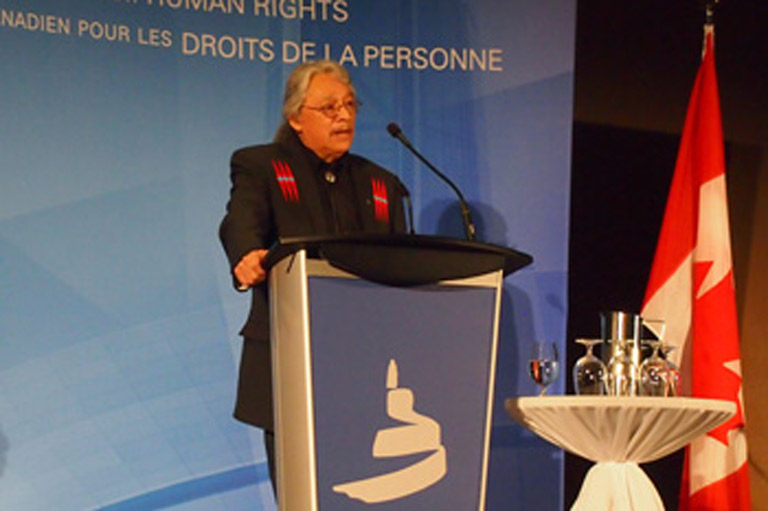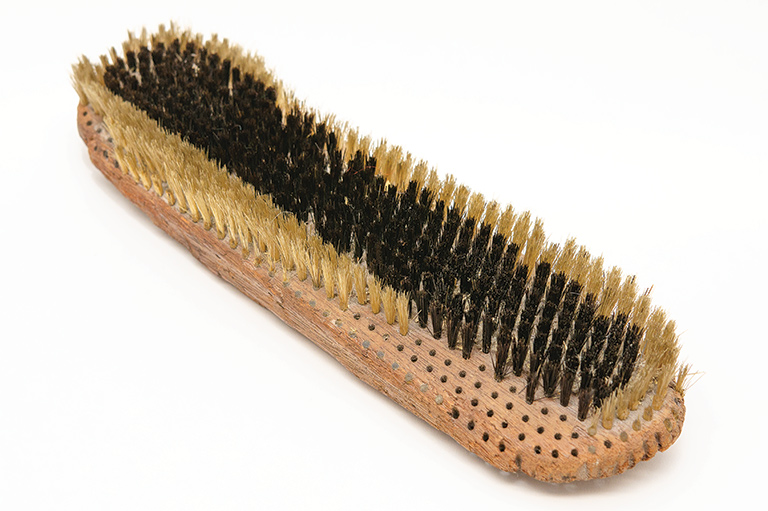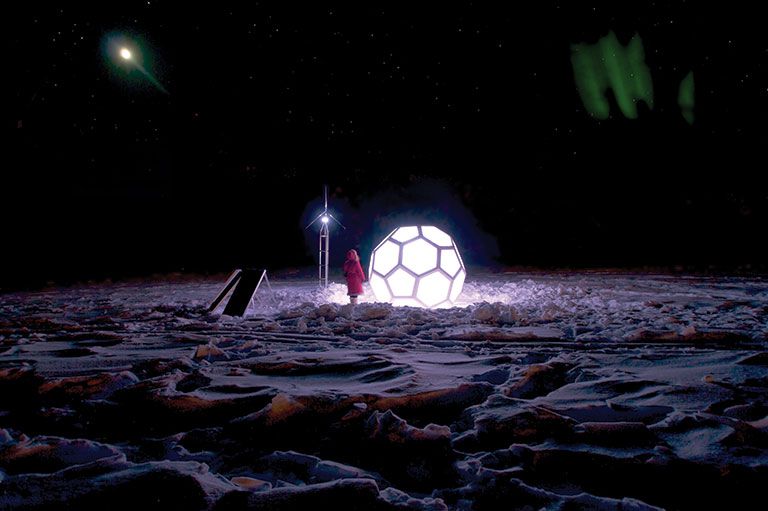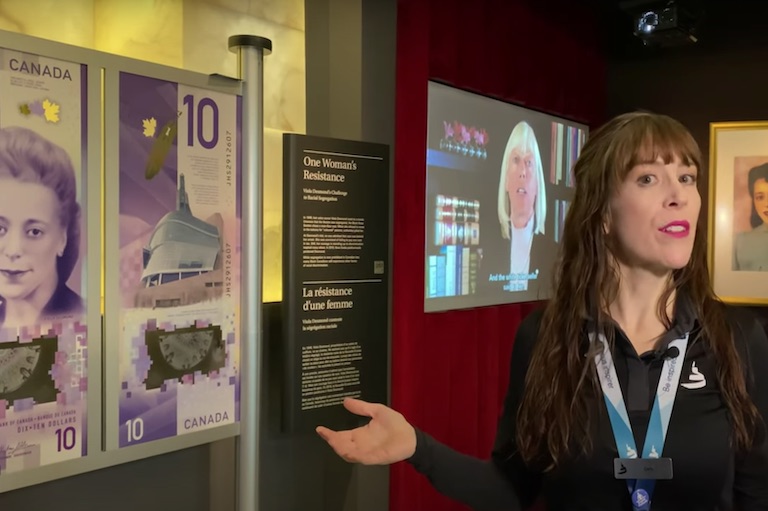CMHR Launches Spirit Tours
Winnipeg’s Canadian Museum for Human Rights (CMHR) announced on Dec. 10, 2014, that it is launching a new program to teach visitors about the Indigenous symbolism in the museum’s architecture.

CMHR is partnering with Elders Circle Seven to launch Mikinak-Keya (the Spirit Tour). The tour is rooted in the seven sacred teachings, which honour seven basic values — love, respect, courage, honesty, wisdom, humility, and truth.
David Courchene, leader and founder of Turtle Lodge, and one of seven Elders, made the announcement at the museum’s annual public meeting.
“We present Mikinak-Keya, the trail of the turtle, the Spirit Tour, as our gift to the Canadian Museum for Human Rights and all people of the world,” he said. “The importance of this tour is to reinforce the significance of our spiritual identity.”
Beginning in January 2015, visitors can spend 90 minutes with a tour guide exploring rights and responsibilities from a First Nations perspective.
“We’ve trained the tour guides ourselves, which is really a historical thing for us to be given the full responsibility to train the people who are going to carry the tour,” said Courchene.
“We need to educate the Canadian public more of who the original people really are. We have a history. We have a belief system. We’re just as human as anybody else,” he said. “We’ve got to tear down the misconceptions that we have to live with.”
Clint Curle, the museum’s head of stakeholder relations, said the tour is one way the museum is working towards its goal of highlighting Indigenous approaches to rights.
“We think it’s going to open up visitors’ eyes to different ways to think about human rights,” Curle said.
This programming comes after heavy criticism about how the museum was representing some cultural groups.
On the museum’s opening day in September 2014, protesters were demonstrating for Indigenous rights. Leading up to the opening, some took issue that the museum didn’t call the government’s treatment of Indigenous peoples “genocide.” CMHR was also criticized for how it handled archaeological digs at the construction site.
“We’re getting really tired of hearing so much negative and it doesn’t define who we really are,” said Courchene. “What defines who we are as a people is a belief system that is very much rooted in spirit and the love that we really have for the land.”
The tour will be offered on Thursdays, Saturdays, Sundays, and on significant dates, such as full moons.
Themes associated with this article
Advertisement




